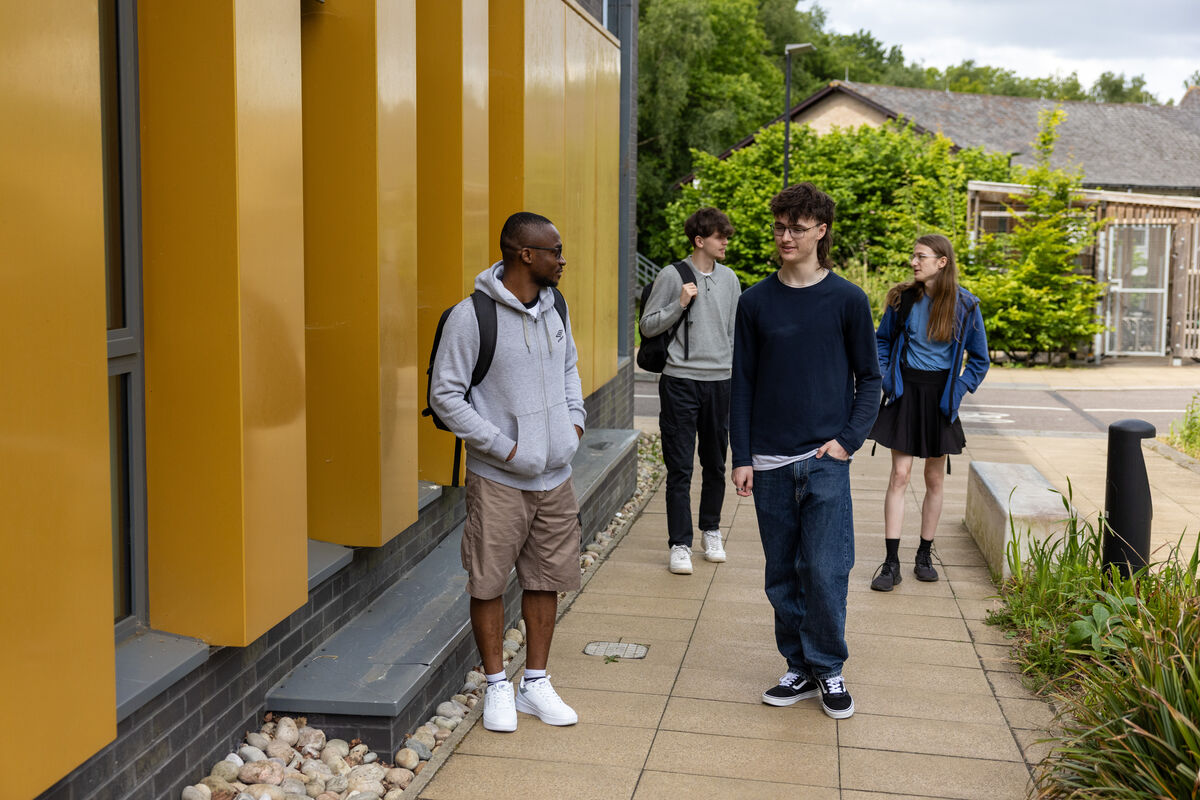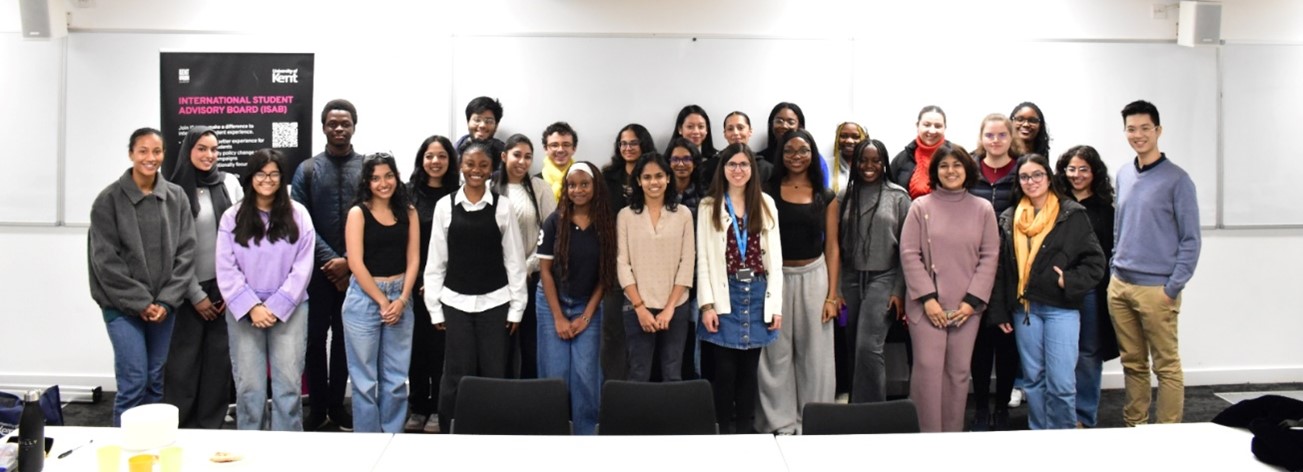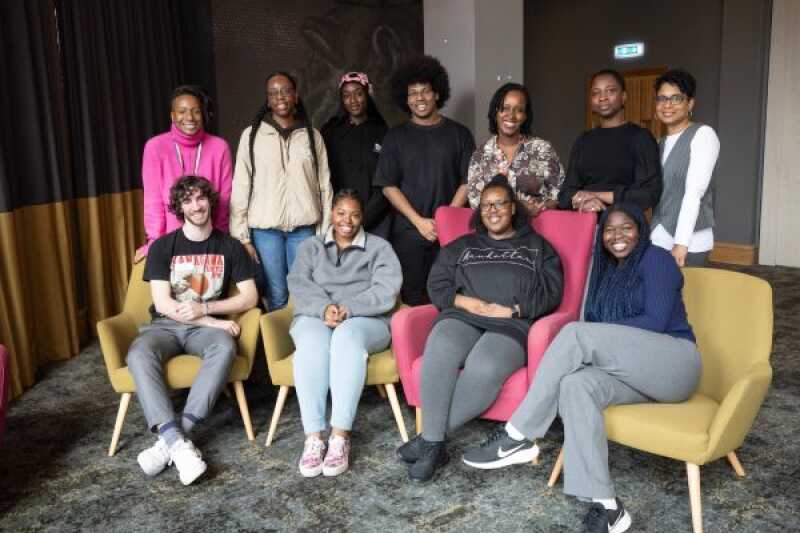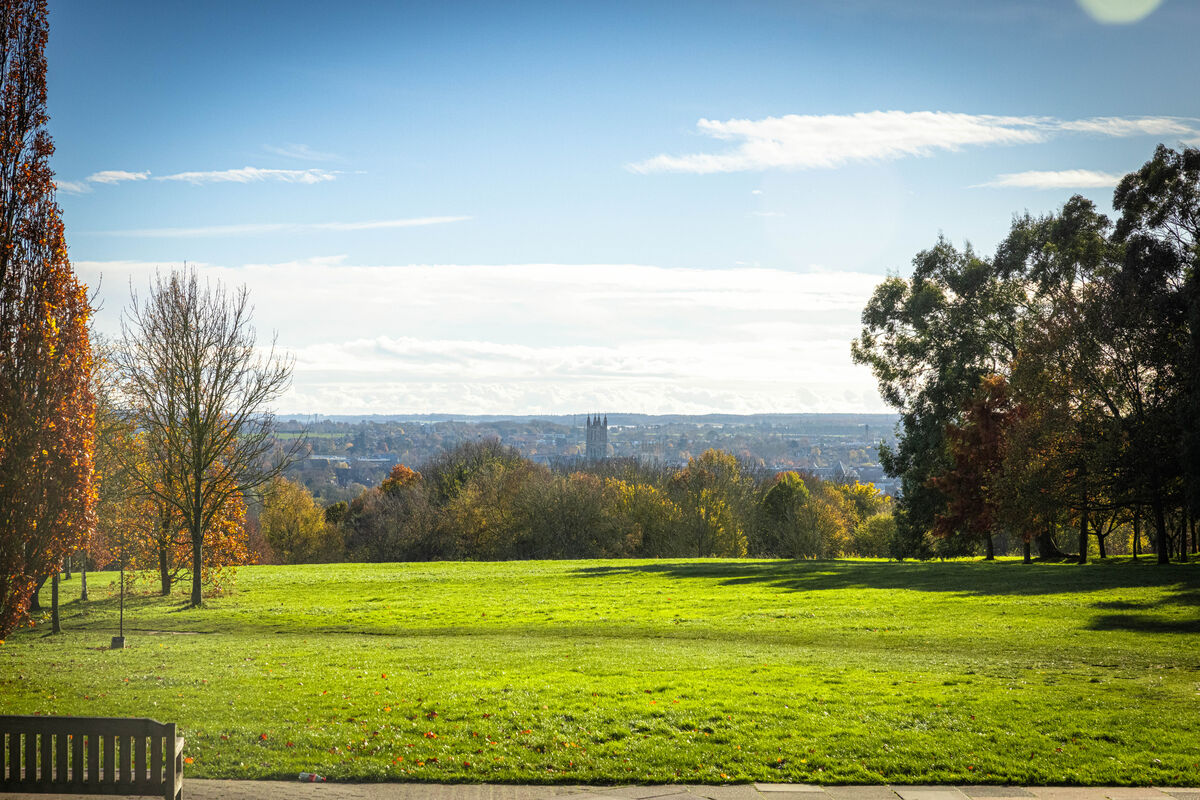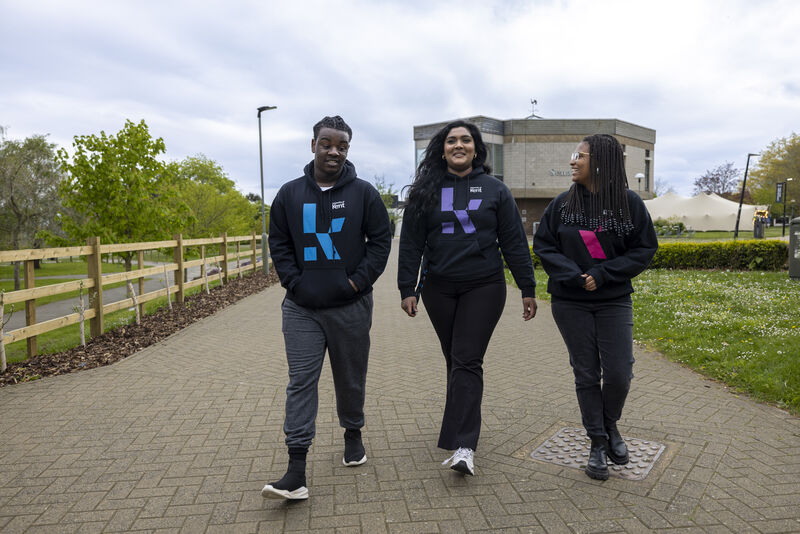Sue Sanders, a long-time LGBTQIA+ advocate and activist, shared her insights about the formation and evolution of LGBT+ History Month, its impact over the years, and the role that allies, schools, and universities play in promoting inclusivity and supporting LGBTQIA+ rights.
The Birth of LGBT+ History Month and Schools OUT UK
In 1974, a group of teachers in the UK came together to create Schools OUT, a social group that soon became politically charged after the sacking of one of their members, John Warburton, for being openly gay. The group was born out of a necessity to support teachers who were being dismissed due to their sexual orientation—a time when unions, unfortunately, weren’t helping.
By the mid-1980s, Sue Sanders became involved with Schools OUT and worked alongside other key figures like Paul Patrick and Jill Spraggs to challenge Section 28, a piece of legislation designed to prevent the teaching of LGBT+ issues in schools. Despite the law being repealed in 2003, its shadow lingered over educational institutions, leaving many teachers unsure about how to approach LGBTQIA+ topics.
A Quiet Revolution: The Birth of LGBT+ History Month
Recognizing the need for visibility and education, Sue Sanders and Paul Patrick launched LGBT+ History Month in February 2005. While initially funded with a modest grant from the Department of Education, the month quickly grew in scope and popularity. Sanders reflected on how they never imagined the event would reach the scale it has today. In its first year, LGBT+ History Month had over 100 events listed on its website—far exceeding their hopes.
Now, 20 years later, LGBT+ History Month is a well-established part of the educational and cultural calendar. Sanders and the Schools OUT team continue to work tirelessly to highlight the achievements and contributions of LGBT+ individuals, helping to create more inclusive and diverse spaces.
A Shifting Curriculum: The Power of Themes
Each year, Sanders and the small team behind LGBT+ History Month carefully select a theme. In 2025, the theme is “Activism and Social Change,” a timely and relevant topic in the face of increasing opposition to LGBT+ rights both in the UK and globally. The theme allows educators to tie discussions about LGBTQIA+ history to wider societal movements, enabling students to understand how activism and social change intersect with LGBT+ issues.
Alongside the annual theme, Sanders and her colleagues select five LGBT+ figures to focus on during the month. In 2025, these include Octavia Hill, a founder of the National Trust; Charlie Kiss, a pioneering trans activist; and Annie Kenney, a bisexual working-class suffragette. Each of these figures embodies the intersectional nature of LGBT+ identity, representing a mix of race, gender, and social class.
The Impact of LGBT+ History Month: Celebrating Progress
Reflecting on the progress made over the past two decades, Sanders noted significant changes in societal attitudes. Museums, archives, and educational institutions are now more likely to recognize and honour the identities of LGBT+ people. However, she pointed out that there is still work to be done—particularly when it comes to disabled LGBT+ individuals, whose contributions are often overlooked.
LGBT+ History Month has not only raised awareness of LGBT+ history but also helped support other marginalized communities. Sanders played an instrumental role in establishing other history months, such as Women’s History Month and Disabled History Month, highlighting the need to recognize and celebrate the diversity of human experience.
The Role of Universities in Supporting LGBT+ Rights
When asked about the role of universities in advocating for LGBT+ rights, Sanders emphasized their responsibility to provide safe and supportive environments for LGBT+ students. Universities must do more than just offer a safe space; they should actively work to support LGBT+ students’ needs, including ensuring visibility for trans people, offering resources, and developing policies to address hate crime and bullying.
Given the rising attacks on trans rights globally, Sanders stressed that universities must take a proactive role in challenging harmful rhetoric and ensuring that LGBT+ students feel welcome on campus.
Allies: A Crucial Force for Change
The conversation also turned to the importance of allies in the fight for LGBT+ rights. Sanders noted that allies have always played a crucial role in advocating for LGBT+ rights, citing how some of the most impactful progress during the Section 28 fight was made with the help of straight allies. Allies, she said, need to educate themselves, challenge homophobia and transphobia when they see it, and actively support LGBT+ people.
A Hope for the Future: Usualising Diversity
When reflecting on her legacy, Sanders expressed the hope that one day LGBT+ History Month will no longer be necessary because LGBT+ identities will be fully integrated into society. She emphasized the importance of “usualising” rather than “normalising” diversity, a concept she introduced after the Stephen Lawrence Inquiry, to encourage the acceptance and celebration of all marginalized groups, not just as “normal” but as vital contributors to society.
In her closing thoughts, Sanders emphasized that tackling issues like homophobia, racism, and ableism cannot be done in isolation. The work to create an inclusive society requires addressing all forms of prejudice and discrimination.
Looking Forward
As we celebrate the 20th anniversary of LGBT+ History Month, Sanders’ legacy is firmly rooted in the ongoing work to make the world a more inclusive place for all. Her tireless advocacy and commitment to visibility continue to inspire new generations of activists, educators, and allies. While there is still much work to be done, Sanders remains hopeful that, through collective action, the fight for equality will continue to progress.
For more information about LGBT+ History Month and to get involved, visit the official website at LGBT+ History Month.
